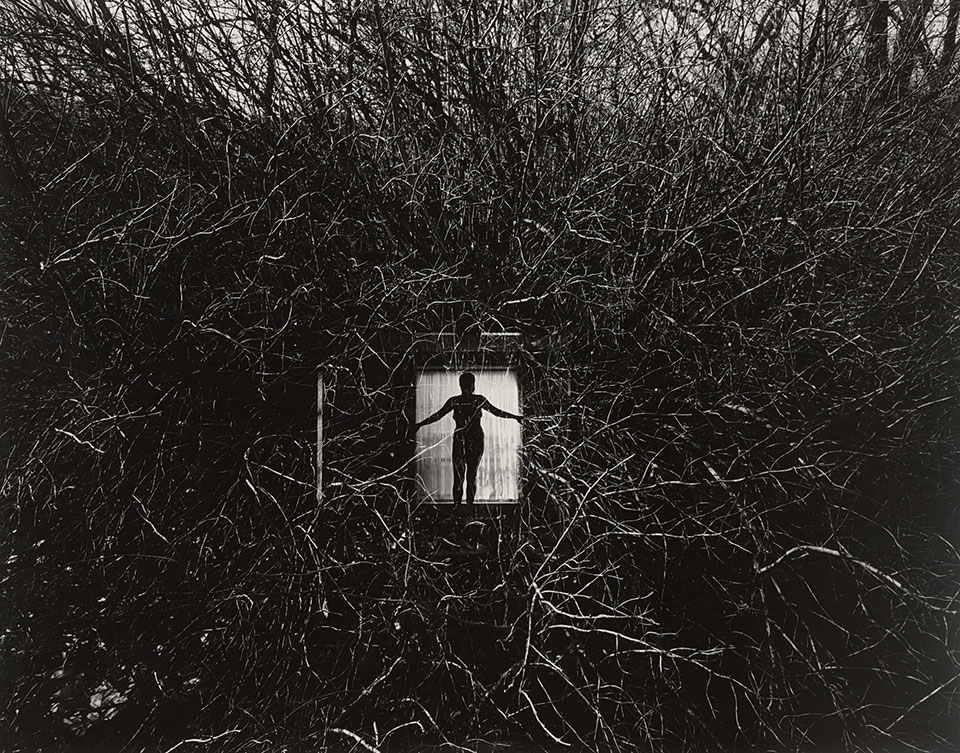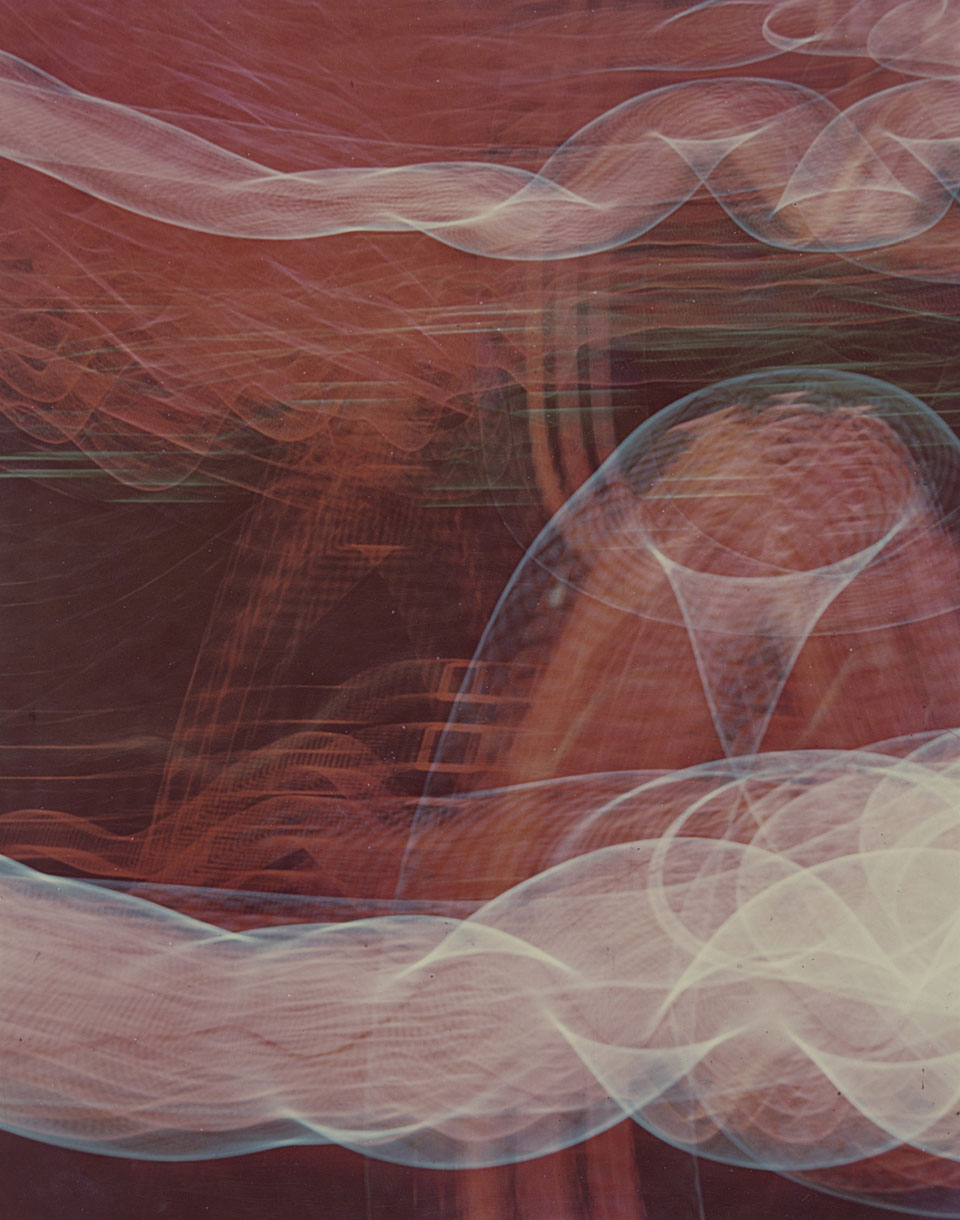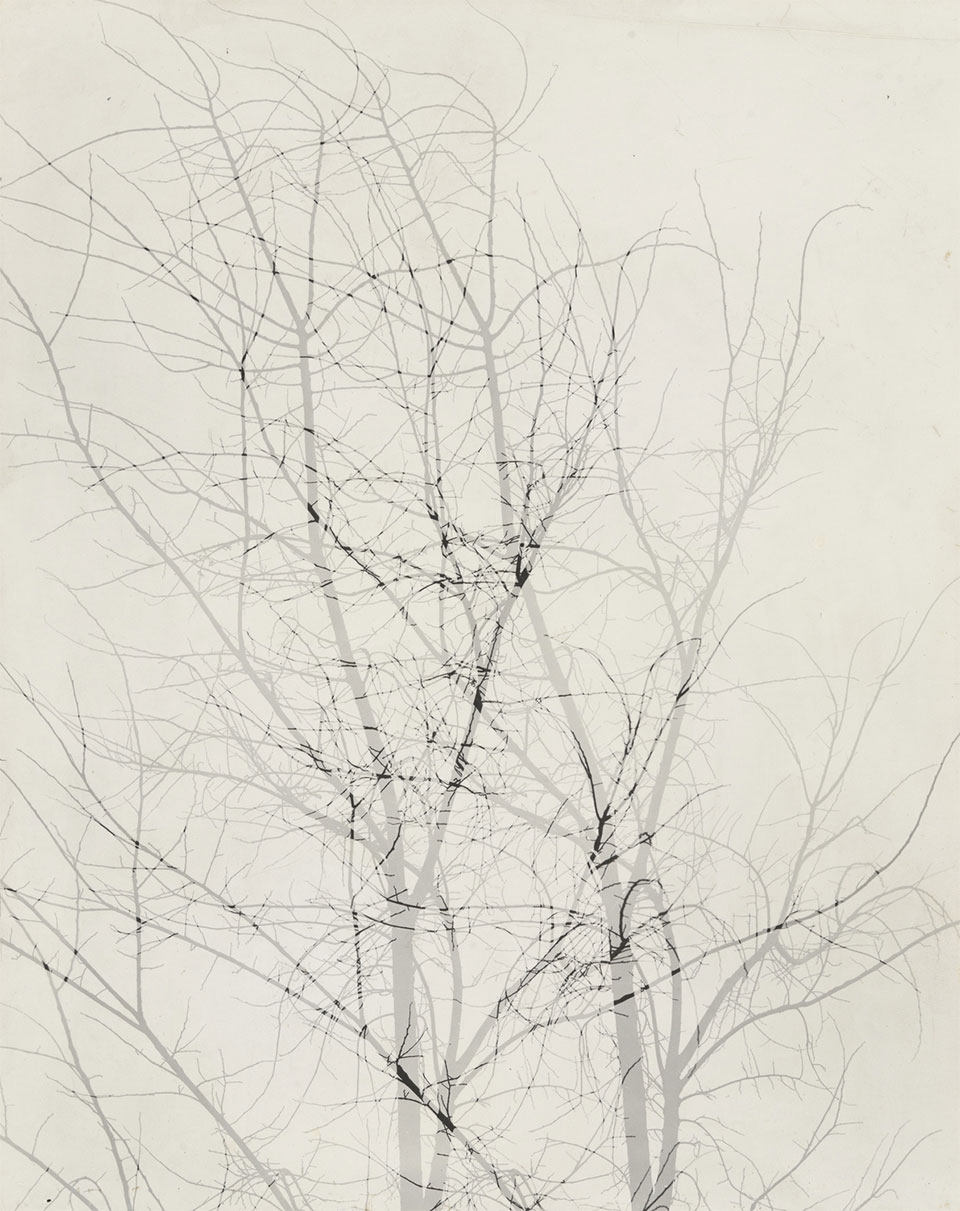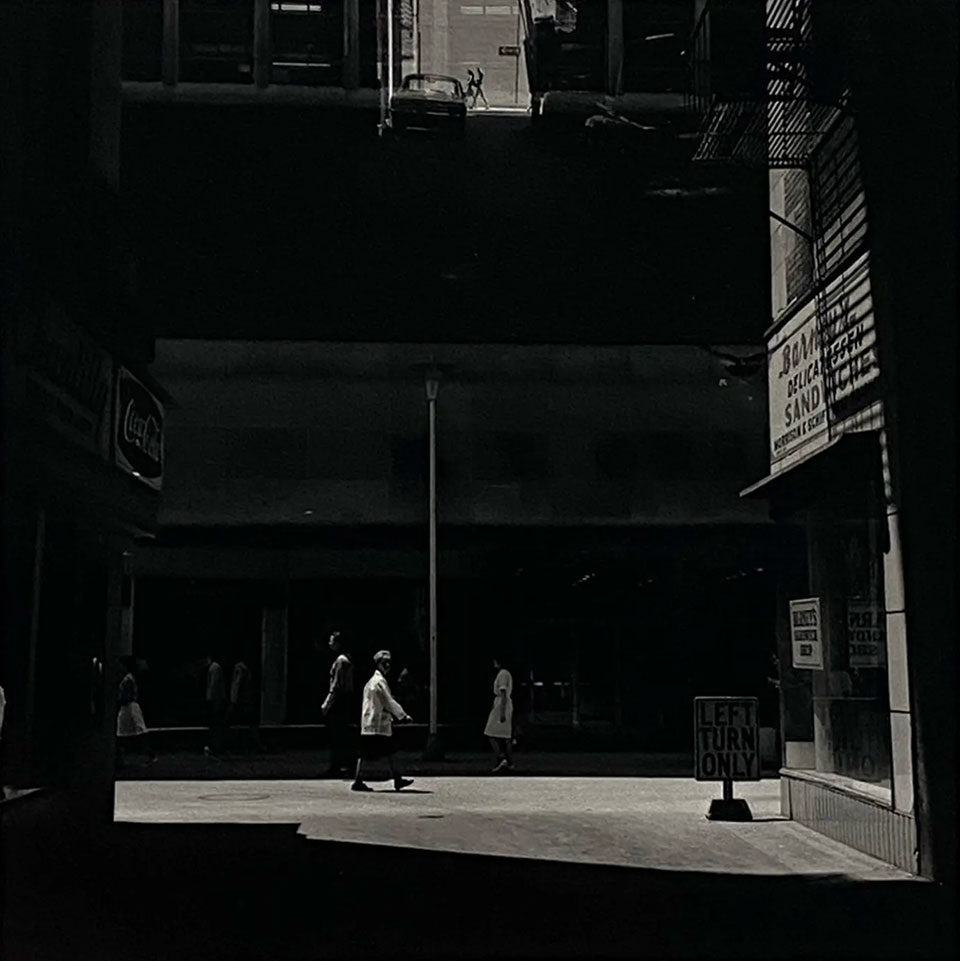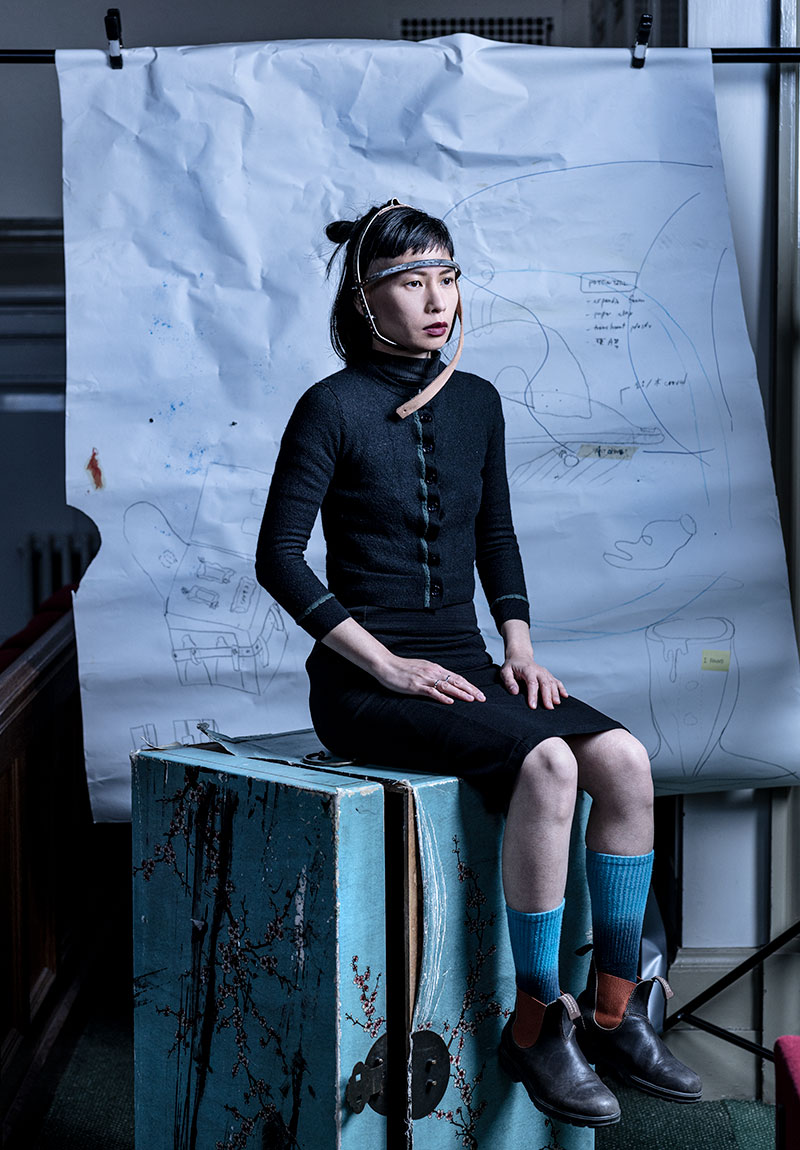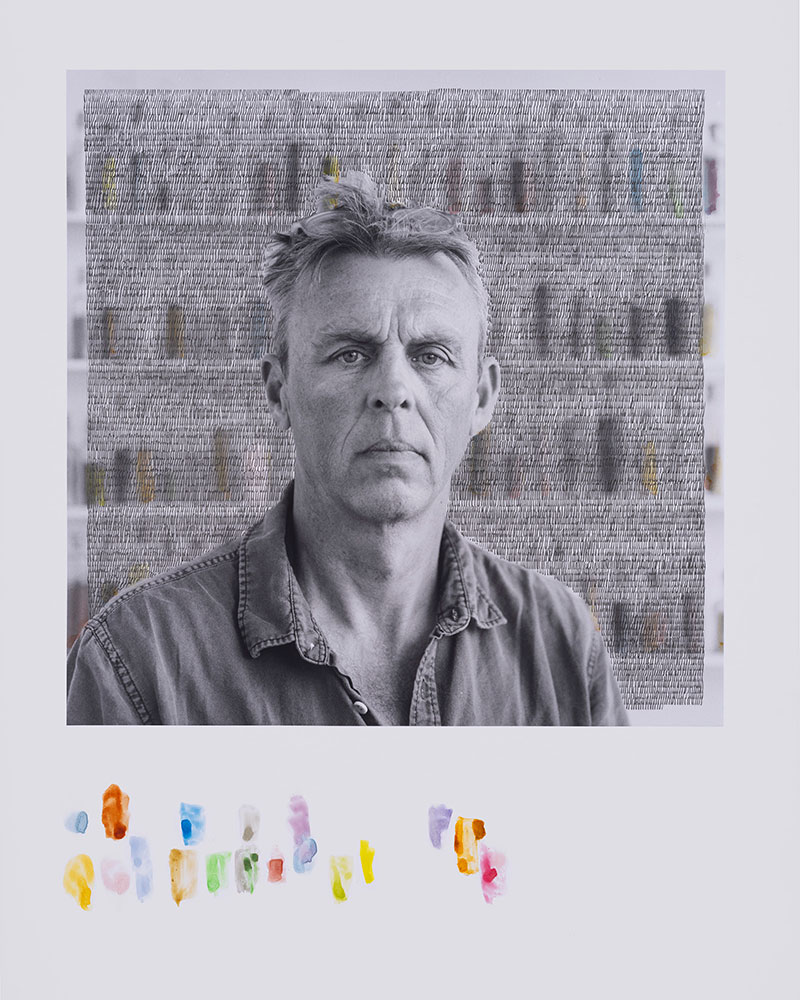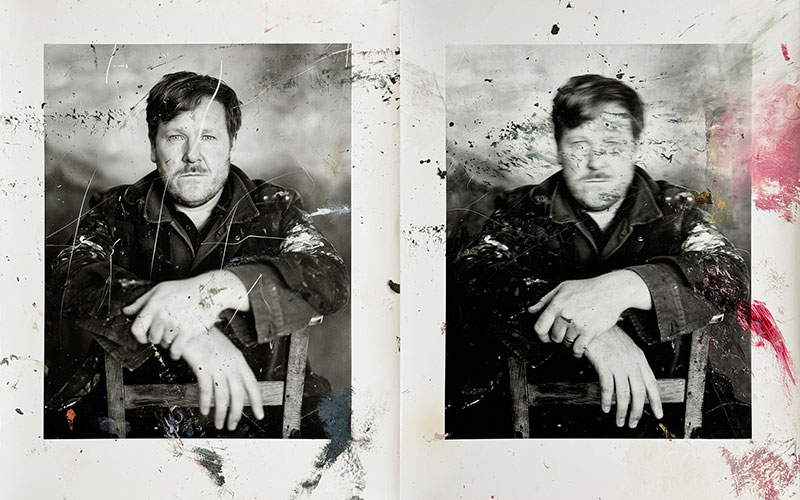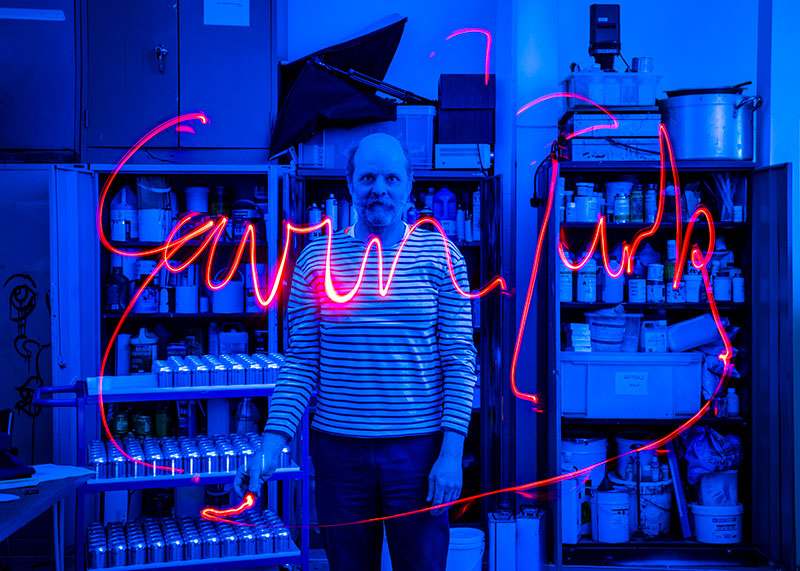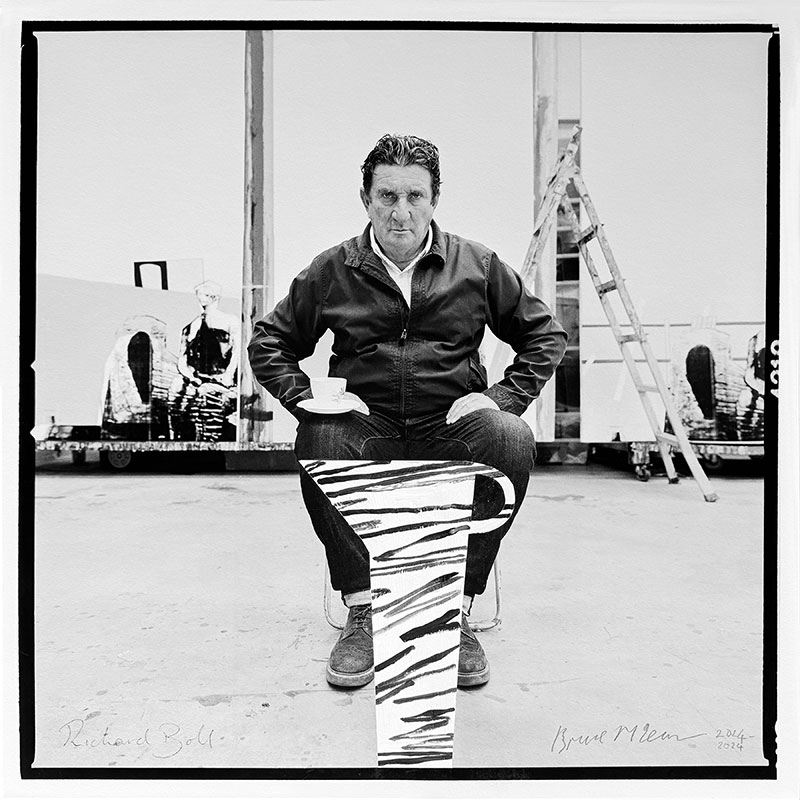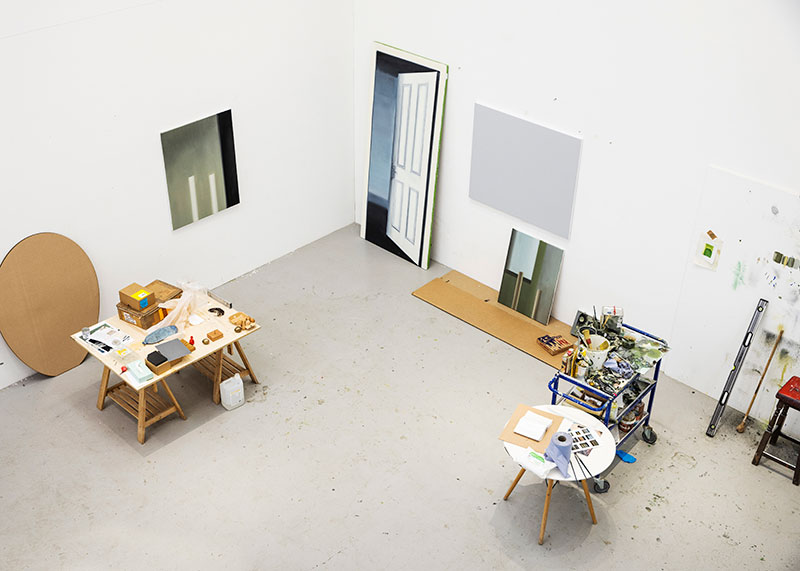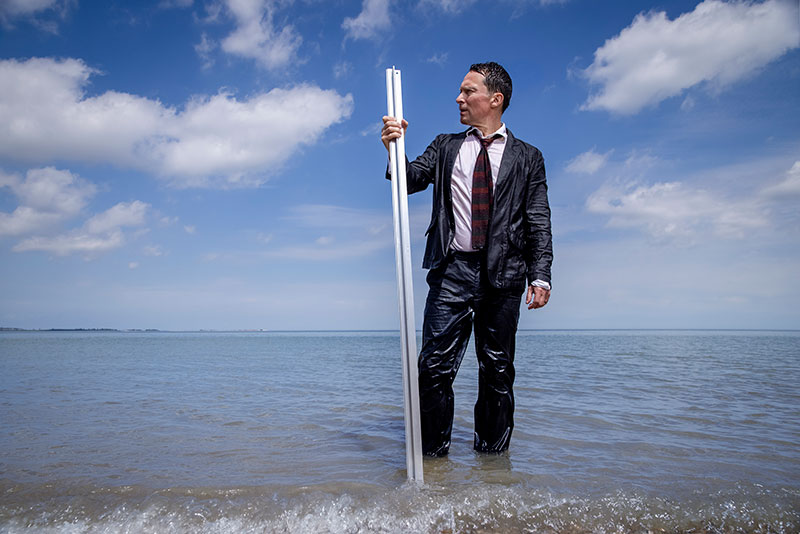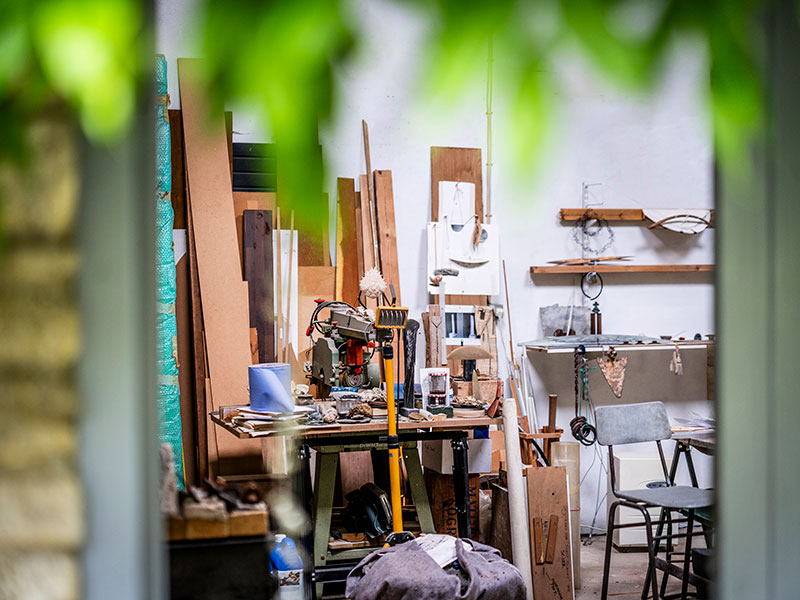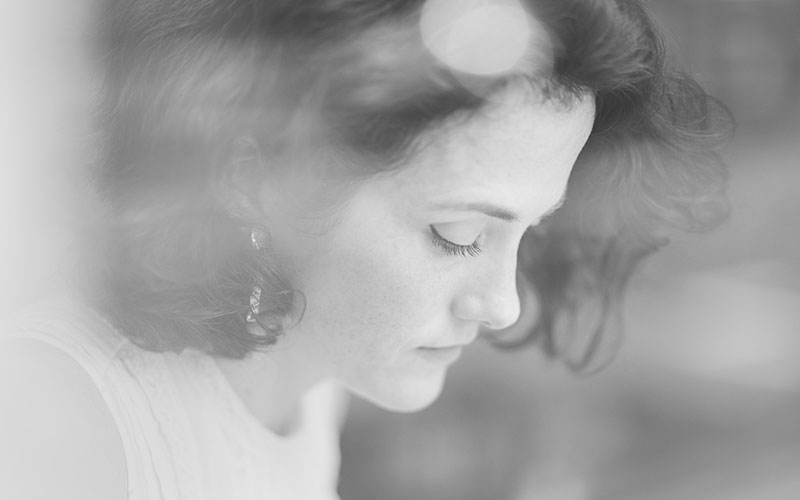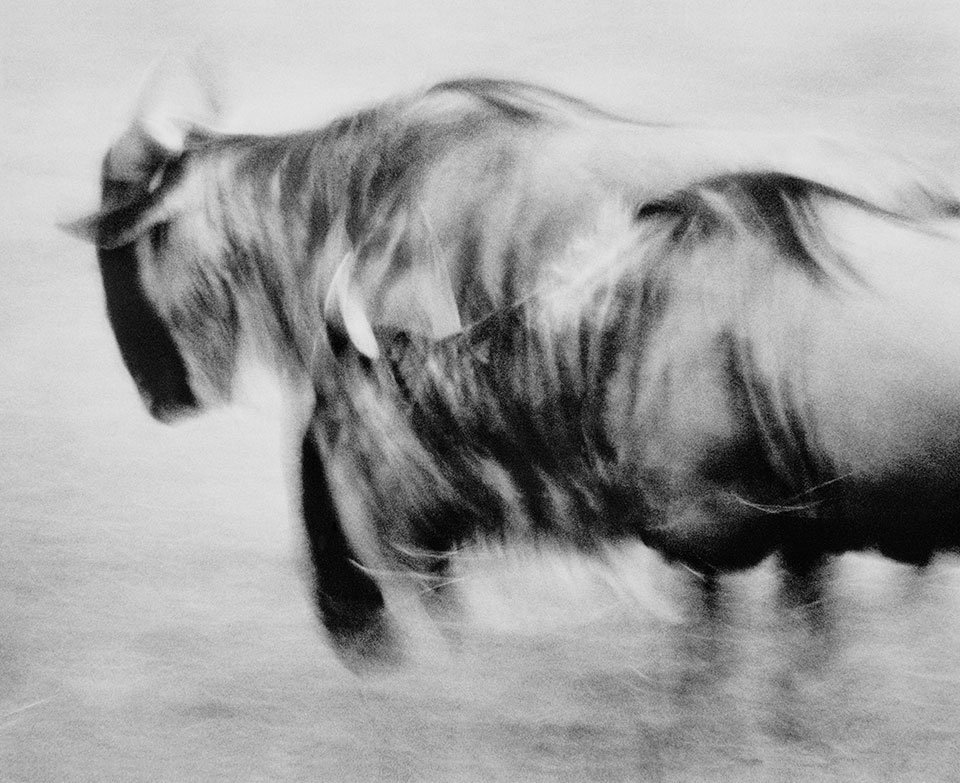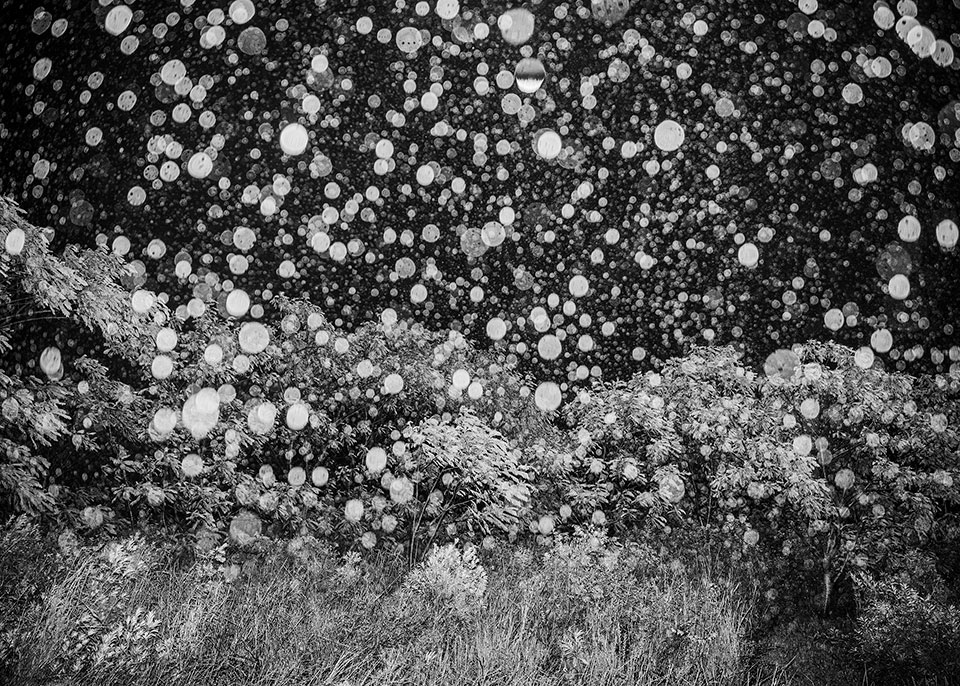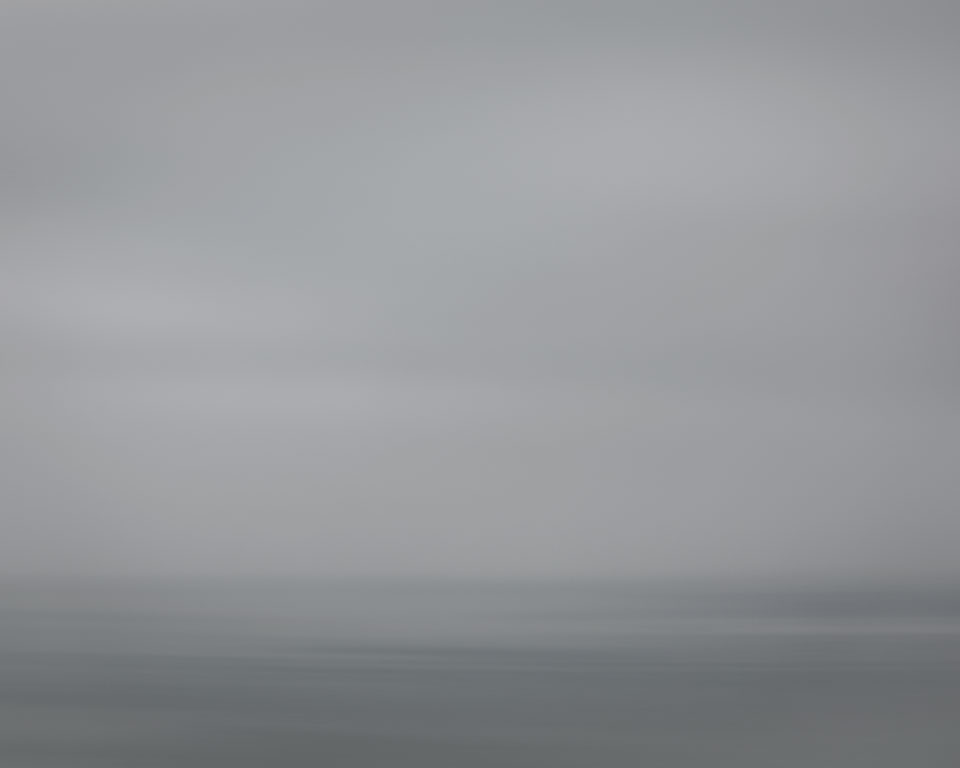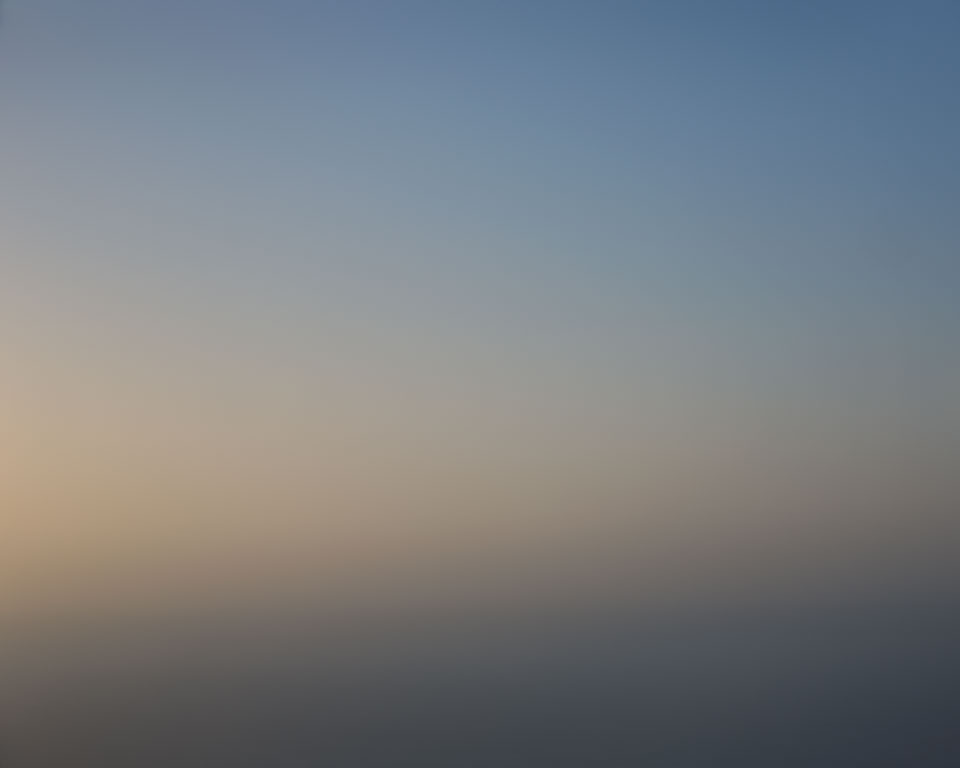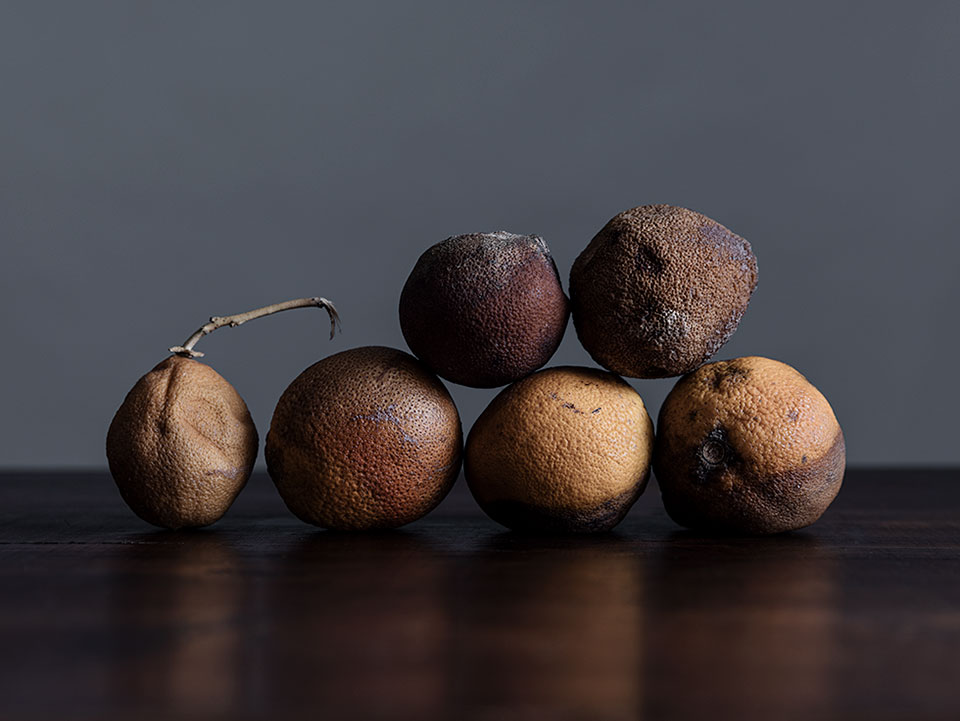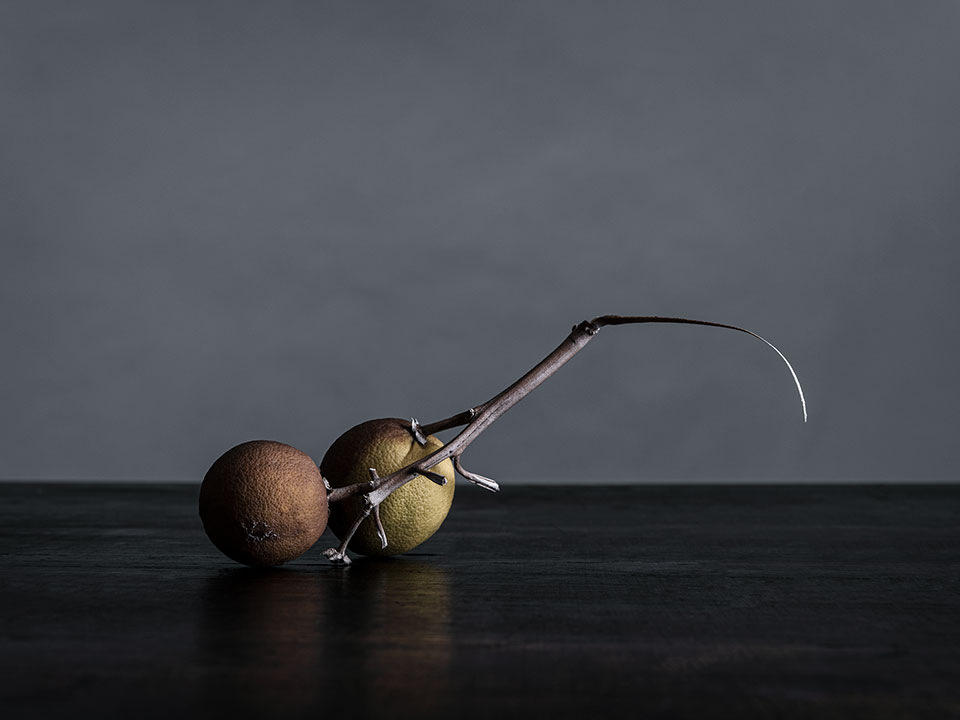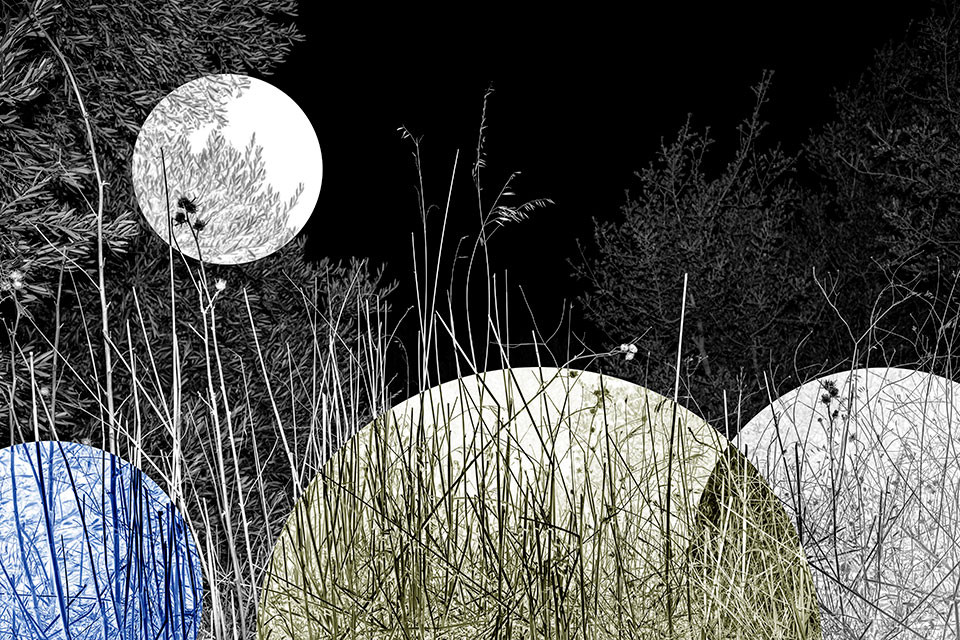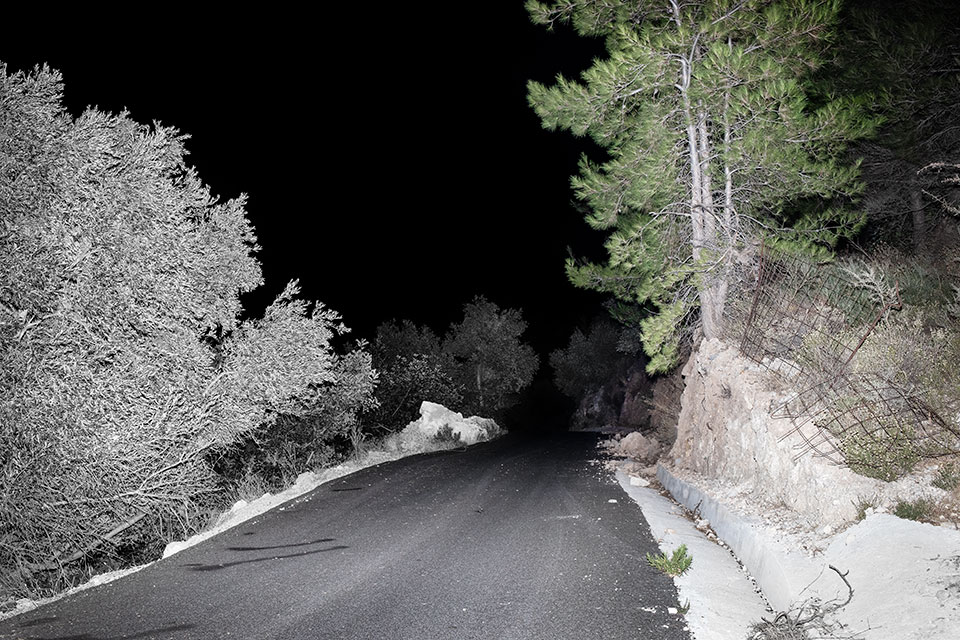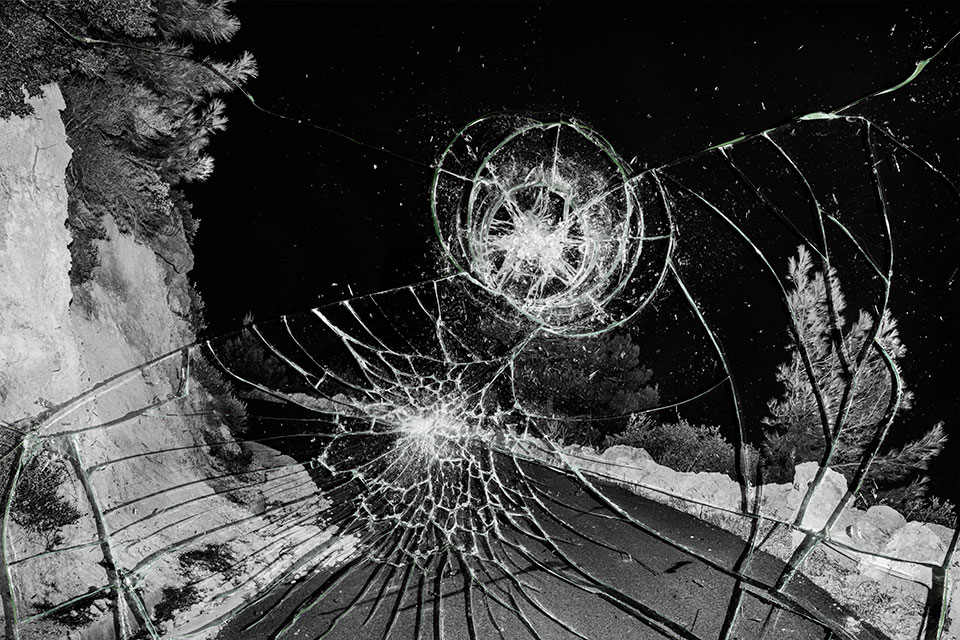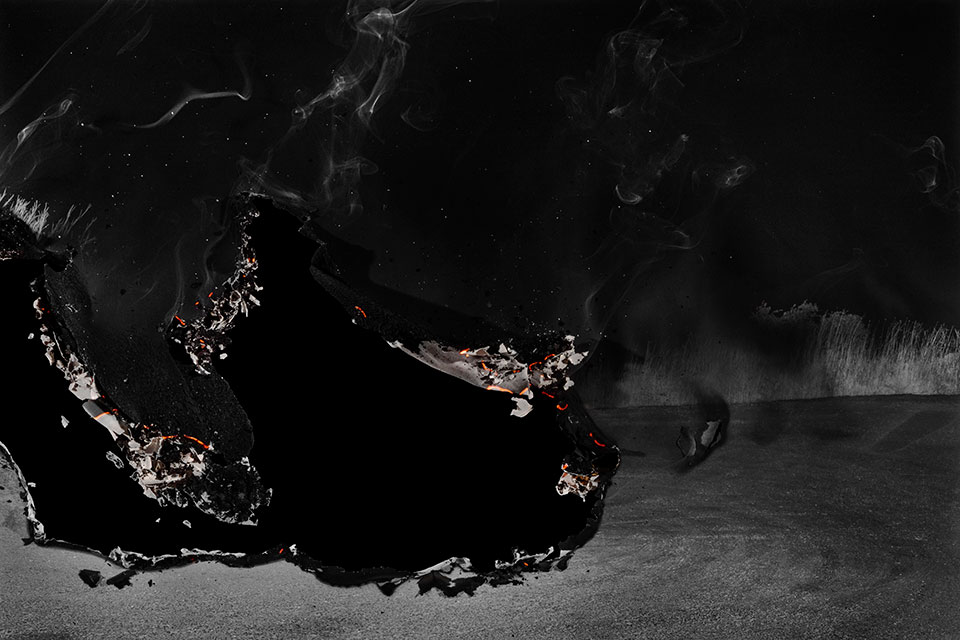The Royal Academy Summer Exhibition, 2025.
I’m honoured to have my work included in this years Royal Academy of Arts Summer Exhibition, the world’s longest-running open-call art show. It’s a unique event that brings together artists at every stage of their careers, and it has been a central part of British art for over 250 years.
The Summer Exhibition has a long and fascinating history. First held in 1769, it was created as a way for artists to show and sell their work to the public. One of the elements that makes it such a great show is that anyone can submit their art, whatever stage they might be in their creative career. Each year, thousands of works are chosen by a panel of artists, creating an exciting collection of paintings, prints, photography, sculpture, film, and more.
Over the centuries, the Royal Academy Summer Exhibition has featured work from many well-known artists, including J.M.W. Turner, John Constable, Tracey Emin, and David Hockney. It has always remained open to newcomers, too. That balance, between tradition and new voices makes for a rich and varied show.
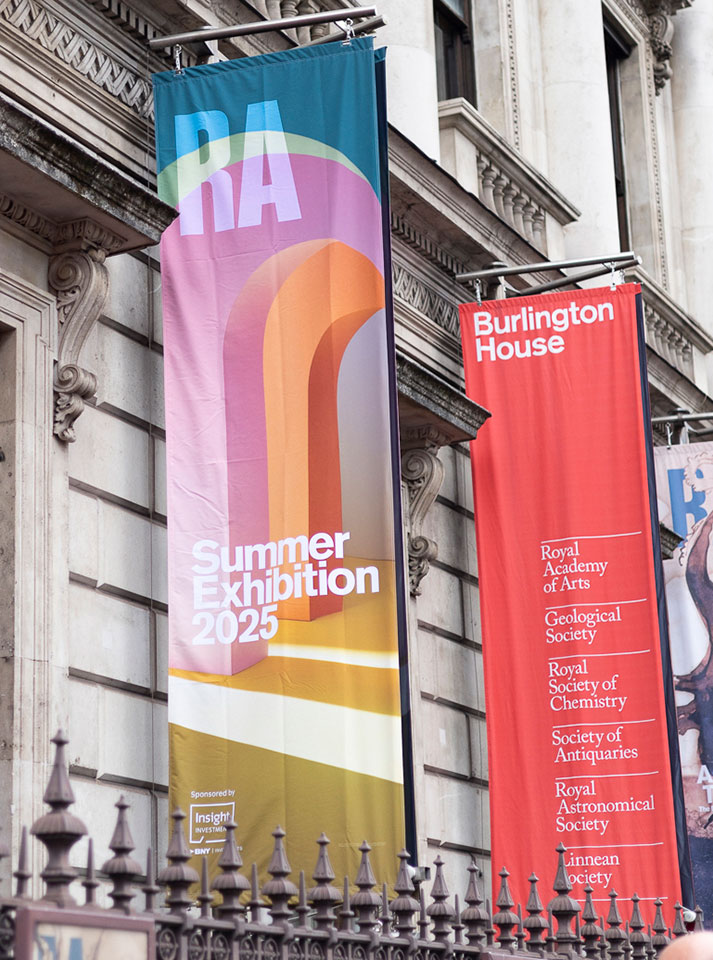
Curation of the show
The exhibition has been curated by Farshid Moussavi RA, an award-winning architect known for her innovative and interdisciplinary approach. Together with her Summer Exhibition Committee, Moussavi has selected the works with a focus on variety, energy, and dialogue between practices, creating an engaging and thought-provoking show that continues the Academy’s long-standing tradition of celebrating creativity in all its forms.
This year’s Summer Exhibition is particularly strong, showcasing an impressive and diverse range of work by artists at various stages of their careers. Highlights include pieces by internationally acclaimed figures such as Cindy Sherman, Gavin Turk, Tracey Emin, Marie Harnett, Georg Baselitz, Ann Christopher, Rana Begum, and Cornelia Parker, among many others. The breadth of media and perspectives on display reflects the vibrancy and complexity of contemporary art today.
Varnishing Day
One of the unique traditions of the Royal Academy Summer Exhibition is Varnishing Day, a custom dating back to the 18th century. Originally, it was the final opportunity for artists to add finishing touches to their paintings before the exhibition opened to the public. Over time, it evolved into a celebratory event marking the beginning of the show.
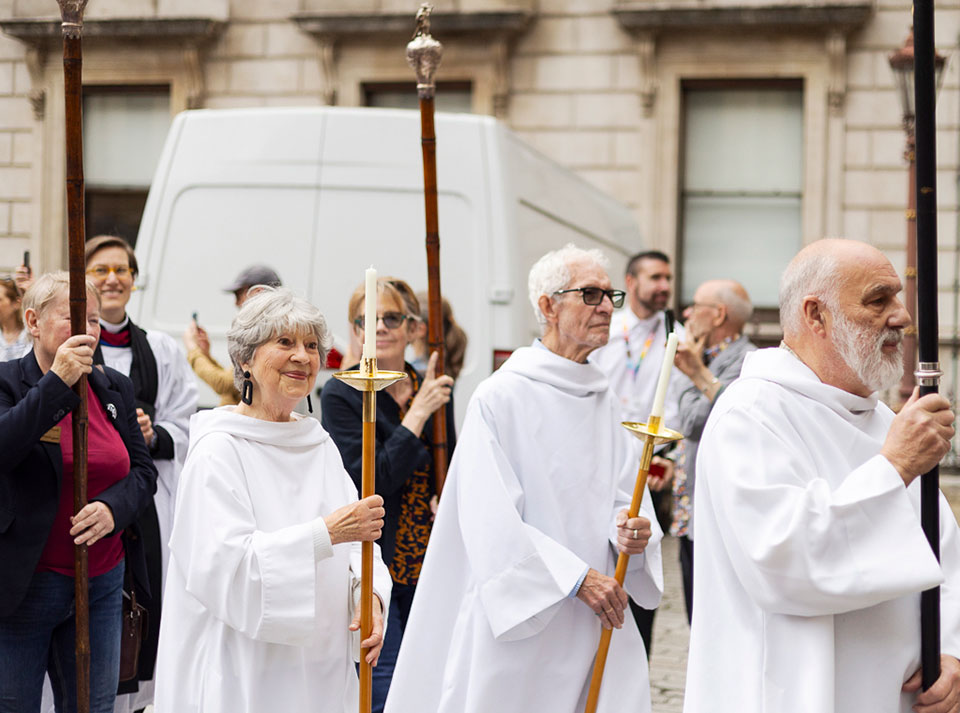
Today, artists gather at the Academy for a preview of the exhibition, starting with a special procession and service at St James’s Church, Piccadilly. It’s a rare chance for exhibiting artists to meet one another, see the work hung for the first time, and share in the experience of being part of this historic show.
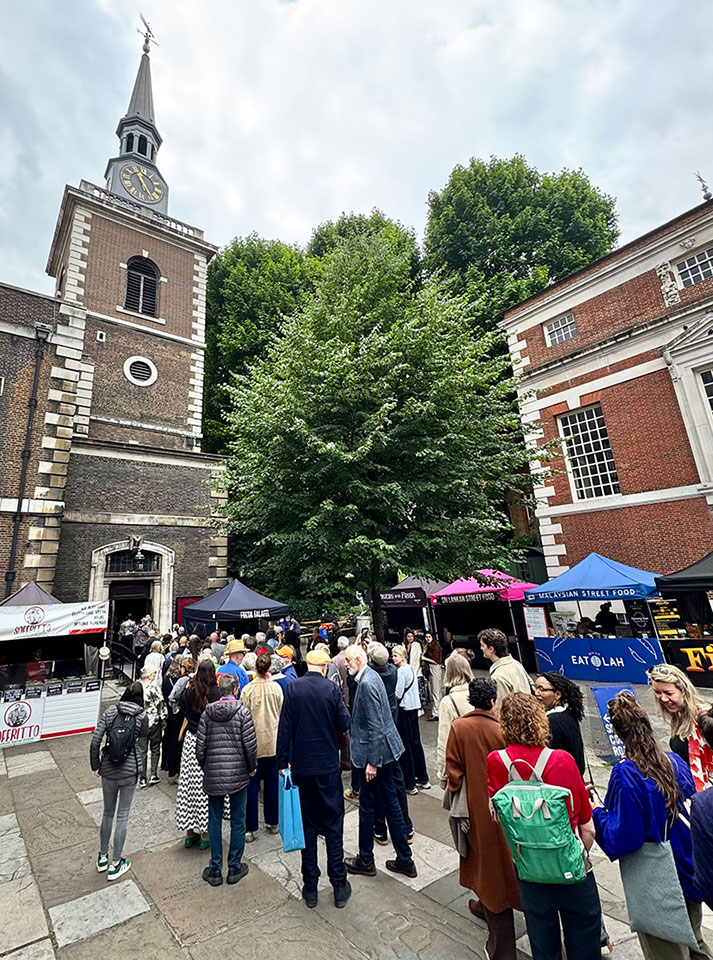
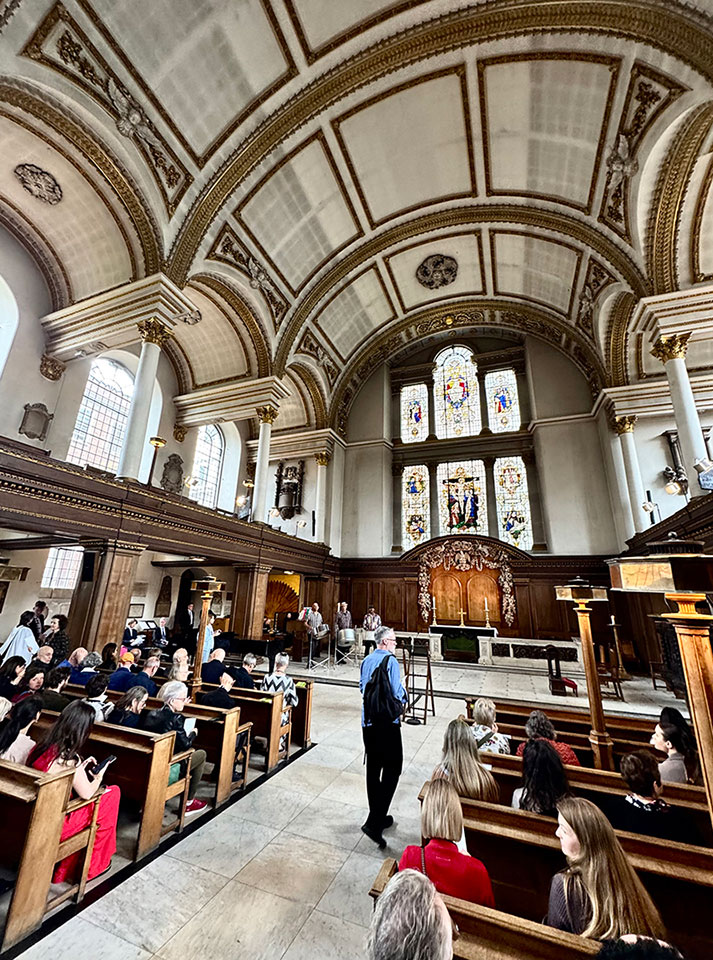
I see the boys of summer
My work in the exhibition is a constructed image from photographs taken in Spain in the summer of 2024. The image explores themes of memory, vulnerability, and loss. The piece, I see the boys of summer was inspired by memories of summers from my youth and is dedicated to two close friends who have since passed away. Reflecting on the scene, I felt a mix of warmth, nostalgia, and sadness. I wanted to capture that feeling, the way memories can be simultaneously joyful and painful. Reconstructing images is a way of revisiting the past, and of reshaping it. It allows me to imagine those moments differently, not necessarily as they happened, but as they live on in memory. The process became a way of processing loss, of giving form to emotions.
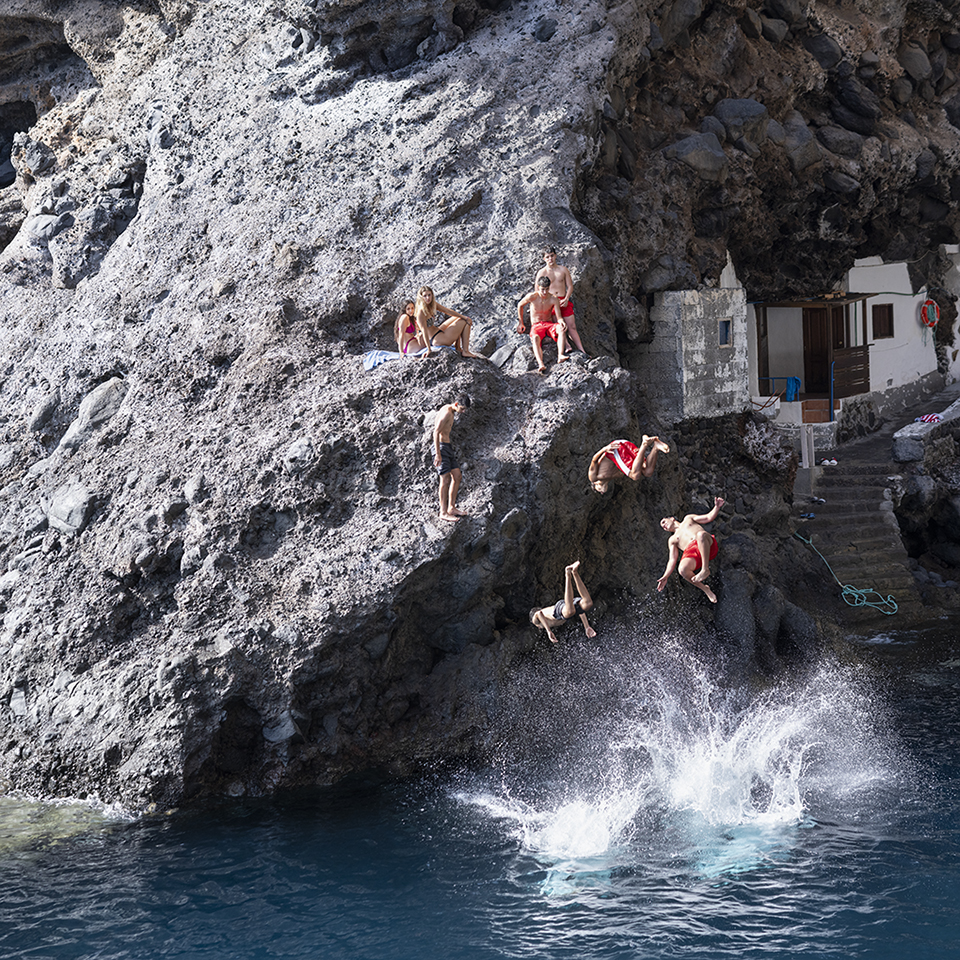
The figures in the image appear to be falling or floating, depending on how the image is read. Falling can represent a loss of control, or a transformation. It can be frightening or freeing. Similarly, water plays a central role; a powerful symbol. It can suggest drowning, but also cleansing, renewal, or being immersed in memory. By working with multiple images and rearranging them into a new composition, I found myself thinking a lot about how we remember. Memory isn’t fixed, we edit and reframe things over time. Sometimes we try to remember more clearly; sometimes we try to forget.
Creating the image helped me feel more connected to the people and moments it represents. In that way, the image became a form of tribute, to my friends, and to the past more broadly- to youth, to summers gone by, and to the people who shaped those years. The title of the piece comes from a poem by Dylan Thomas, whose writing often deals with similar themes- the passing of time, the loss of innocence, and the connection between life and death.
See more of my personal projects here, and find my fine art photographic prints to buy here.
